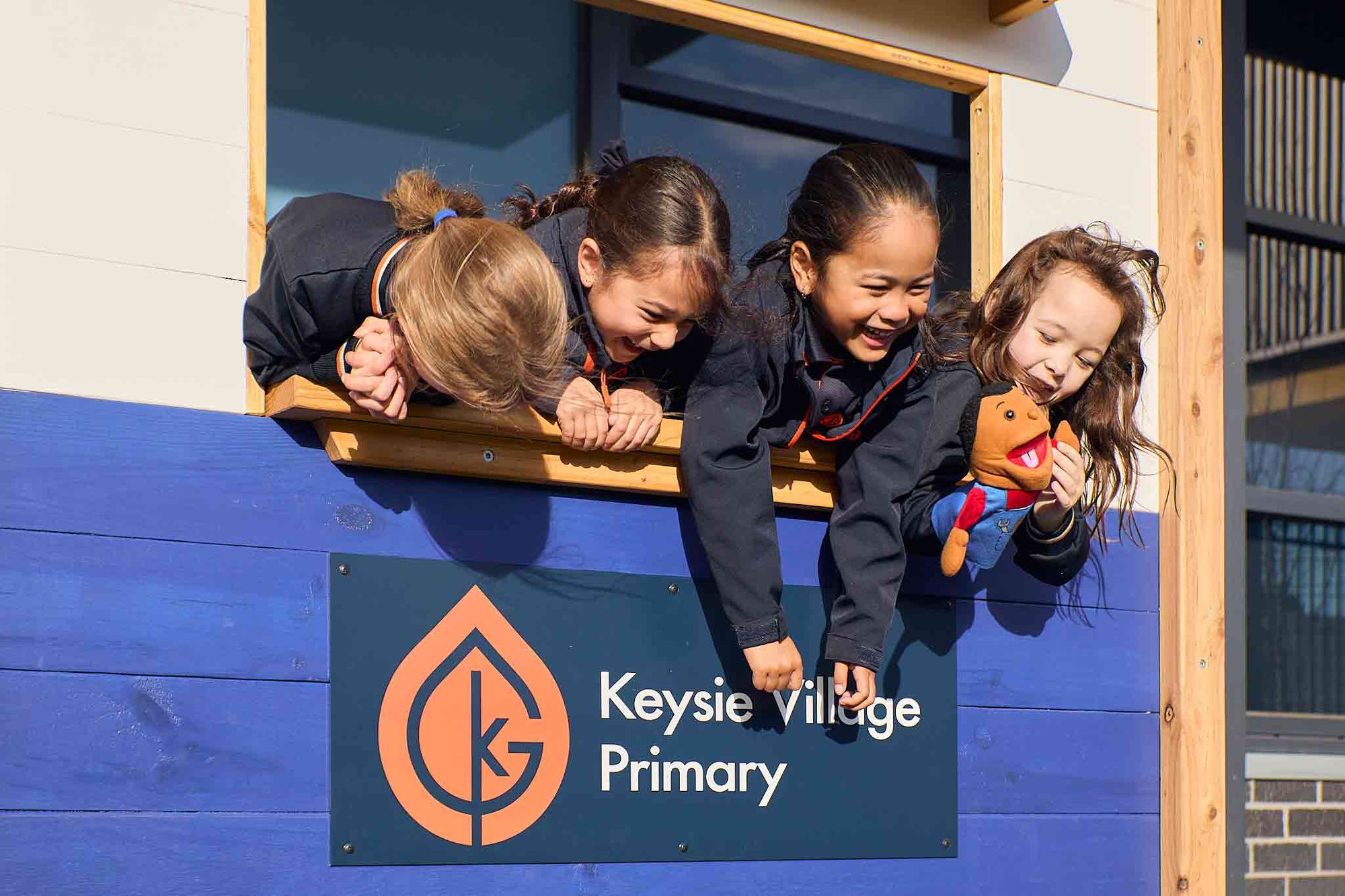
The Science of Outdoor Play
When children step outside, something fundamental shifts in how they think and feel. Nature sparks curiosity. It invites exploration, experimentation, and risk-taking, the building blocks of genuine learning.
Research shows that natural environments create richer opportunities for both physical and imaginative play. Outdoors, play becomes multi-dimensional, children run, climb, build, and narrate stories simultaneously. Movement and cognition work hand-in-hand, strengthening balance, persistence, and creativity.
A child navigating uneven ground is not merely playing, they are developing coordination and spatial awareness. A group inventing a new game are rehearsing communication, negotiation, and leadership. This is science in action: movement fuels neural growth, open spaces stimulate flexible thinking, and imagination transforms the ordinary into opportunity.
At Castle & Cubby, every design begins with this understanding. Our natural timber cubbies, modular panels, and open-ended layouts invite children to explore, connect, and create. Each structure is tactile, sensory-rich, and intentionally adaptable, designed to grow with the children who use it.

Imagination in Action
If outdoor play sets the stage, imagination writes the script.
Pretend play activates the brain’s executive functions, planning, working memory, and emotional control, the very skills that underpin academic success. Developmental researchers have long shown that imagination supports empathy, abstract thought, and language growth.
In practice, that looks like a child role-playing as a vet, teacher, or shopkeeper, experimenting with real-world concepts, rehearsing social interactions, and expressing emotions through story. It’s the why behind enquiry-based learning.
In the Australian Curriculum, this kind of play directly supports Critical and Creative Thinking, Personal and Social Capability, and Ethical Understanding. When imagination happens outdoors, the environment itself becomes a co-teacher, shaping stories that build confidence, empathy, and collaboration.
In our play villages, every cubby becomes a world — a clinic, a bakery, a home — and every story becomes a small act of learning.

The Wellbeing Connection
Outdoor play isn’t just good for learning, it’s vital for wellbeing.
Modern children spend less time outdoors than any generation before them. Screens, schedules, and structure often crowd out the unstructured moments that build resilience and self-confidence. Yet when children play outside, they self-regulate more effectively. They practise cooperation and courage through natural challenge: climbing, falling, and trying again.
Time in natural spaces has been linked to lower stress, stronger peer relationships, and higher self-esteem. But perhaps most importantly, outdoor play nurtures empathy, for others, for nature, and for community.
Castle & Cubby’s spaces are designed to support this balance: shaded corners for quiet reflection, wide entries for accessibility, and open layouts that encourage inclusion and teamwork. Every element, from the height of a counter to the placement of a tree stump, is an opportunity for connection.
This is wellbeing not as a programme, but as a daily practice, built through play.

From Research to Reality
Research proves it. Children feel it. We design for it.
Every Castle & Cubby project begins with a question: What could this space unlock?
Our team translates evidence into environments that are purposeful, inclusive, and deeply human. We use natural materials for sensory richness, modular layouts for flexibility, and adaptive designs that evolve as children grow.
Because play doesn’t need to be instructed, it needs to be invited.
When schools invest in outdoor learning, they are not buying equipment; they are building capacity. They are giving every child a place to imagine, belong, and become confident in who they are.
That’s the impact we see every day — research brought to life through design.
Research at a Glance
-
Natural environments inspire both physical and imaginative play.
-
Pretend play develops empathy, language, and higher-order thinking.
-
Outdoor play supports cooperation, resilience, and emotional regulation.
-
Creative play fosters problem-solving, innovation, and confidence.
-
Role-play and nature-based play strengthen wellbeing and community connection.
Why It Matters
Step outside any classroom and you’ll see it, curiosity in motion.
Children inventing, collaborating, laughing, learning.
Outdoor play isn’t a pause from education; it’s the heartbeat of it.
It’s where imagination becomes empathy, and discovery becomes confidence.
That’s why outdoor play matters.
And it’s why Castle & Cubby exists, to create spaces where children can learn, grow, and thrive, naturally.
References
- Fjørtoft, I. (2004). Landscape as playscape: The effects of natural environments on children’s play and motor development. Children, Youth and Environments, 14(2), 21–44.
- Bergen, D. (2002). The role of pretend play in children’s cognitive development. Early Childhood Research & Practice, 4(1).
- NSW Health. (2023). Benefits of outdoor play fact sheet. Good for Kids, Good for Life.
- UNICEF. (2023). The importance of outdoor play (and how to support it).
- Lillard, A. S., Lerner, M. D., Hopkins, E. J., Dore, R. A., Smith, E. D., & Palmquist, C. M. (2013). The impact of pretend play on children’s development: A review of the evidence. Psychological Bulletin, 139(1), 1–34.

